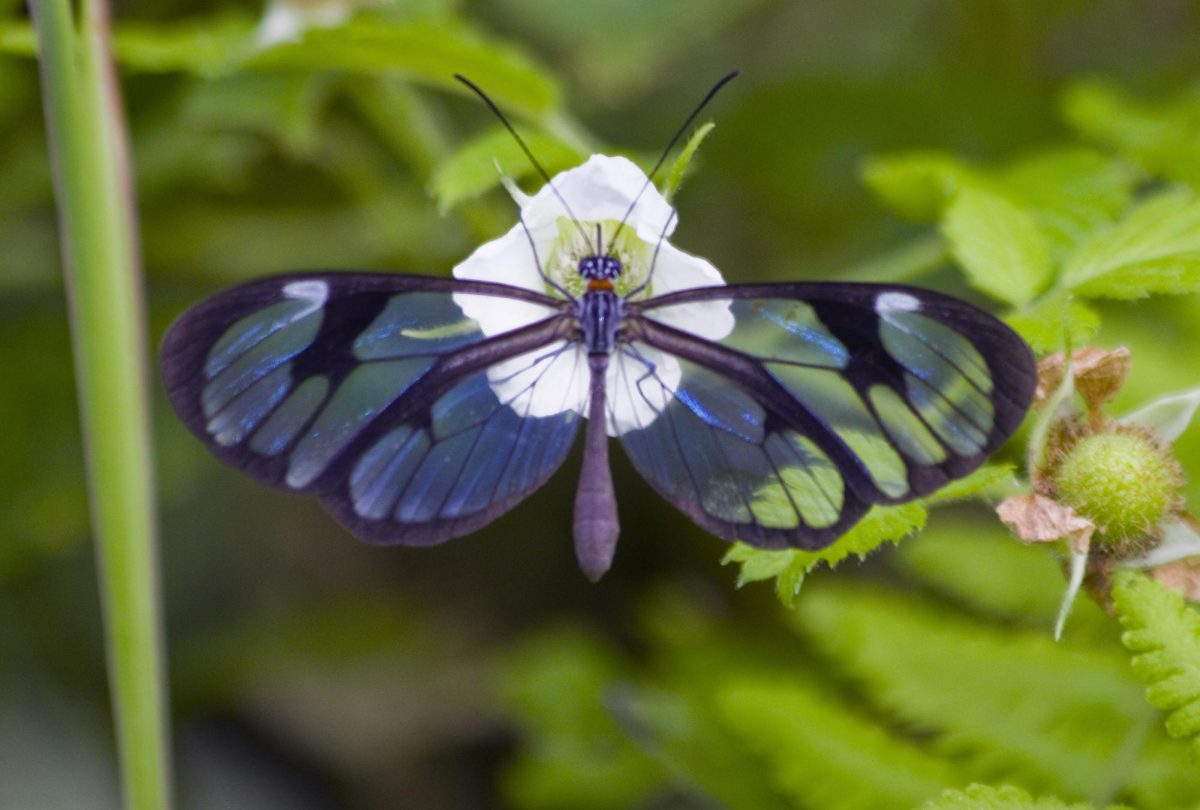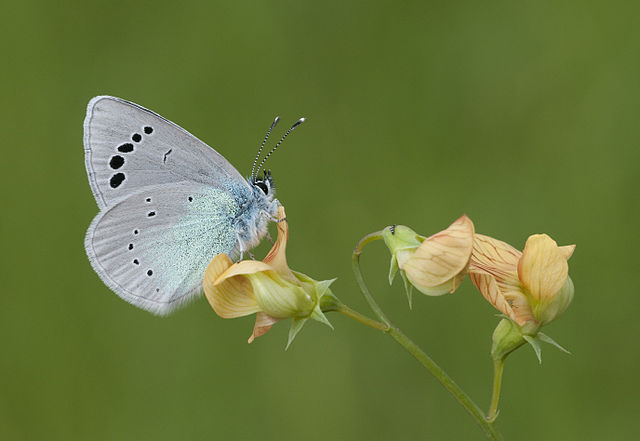An international team in South America has confirmed six new species of glasswing butterflies. This discovery may reshape scientists’ understanding of butterfly taxonomy and how diversification plays a role through evolution.
According to Wellcome Sanger Institute, “Glasswing butterflies are found across Central and South America and make up a substantial part of the butterfly species found there, making them good indicators of biodiversity in incredibly biodiverse areas, like the Amazon rainforest.” The study also mentions that over 400 species of glasswing butterflies exist.
This physical characteristic of similarity among glasswing butterflies serves as a method of protecting them against predators such as birds. Their colors also imply they are toxic.
A diverse selection of glasswing butterflies exist due to their ability to undergo rapid radiation evolution—a process where many new species arise from the same ancestor in a short period of time.
Rapid radiation evolutions produce species that look identical to one another, which is why scientists have difficulty classifying glasswing butterflies. These species also display complex mimicry rings to each other.
Glasswing butterflies have similar taxonomies, which makes it difficult to distinguish between species. This makes it harder to track the different types of butterfly species that emerge.
The international team and Sanger Institute scientists “sequenced the genomes of almost all species of two particularly fast radiations of glasswing butterflies to remap their evolutionary trees. Of those species, 10 were sequences to the gold standard of ‘reference quality’ genomes that are freely available to the research community”.
It’s unknown why different chromosome variations are present in this species. These butterflies look the same, but the discovery of six hidden species suggests that “it can more quickly adapt to different altitudes or host plants.”
Researchers uncovered that glasswing butterflies produce pheromones, which help them locate similar species by scent. This trait helps them find a potential mate.
While most butterflies have 31 chromosomes, scientists found that the number can vary in range between 13 and 28 in glasswing butterflies. “While they have largely the same genes, these genes are packaged into chromosomes in different ways in each species, a process known as chromosomal rearrangement.”
Despite these variations, “any two butterflies with different chromosome configurations would not have been able to produce viable offspring. These sorts of chromosome rearrangements have the potential to produce new species more or less instantaneously.” according to a research by Florida Museum.
Researchers have also been able to reclassify butterfly species by closely identifying glasswing butterflies. Melinaea tarapotensis and Melinaea monthone are two examples that were subject to reclassification. The research also revealed previous known taxa can now be identified as species.
By unraveling butterfly taxonomies, scientists and researchers can provide answers to questions that have been left unanswered for 150 years. With 10 reference genomes available, insect populations can now be increasingly maintained and monitored in biodiverse areas.








